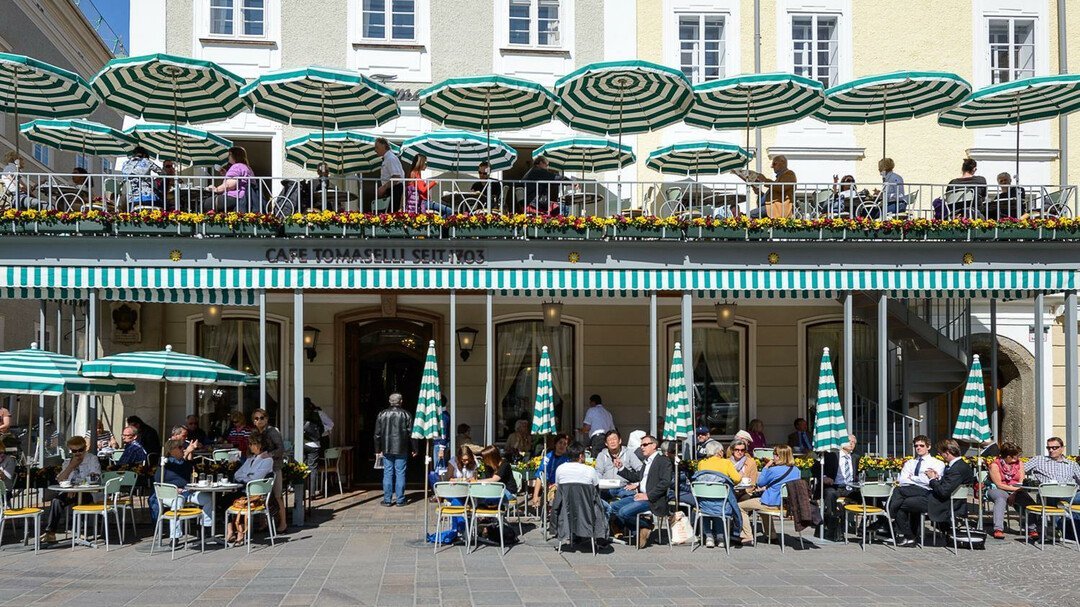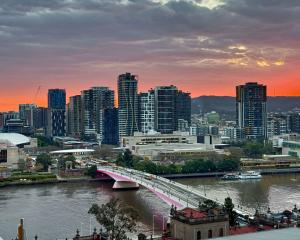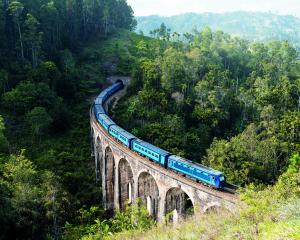
It's one of my favourite European destinations and I recently ventured back to this Austrian jewel on Trafalgar’s Imperial Europe tour. It was like a tasting plate of some of Central Europe’s most glittering destinations, steeped in history and spilling with scenic finery. And all spectacularly brought to life with specialist local guides who live and breathe these destinations, with unbridled passion and pride.
Salzburg is a star specimen, the splendidly preserved hometown of one of history’s most beloved composers, Wolfgang Amadeus Mozart - stamping Salzburg on the tourist map for as long as there’s been one. More recently, it’s been a pilgrimage site for Sound of Music fans, with most of the film’s iconic scenes shot in and near the city. But with its treasure-chest old town, splendid gardens, Baroque churches, and one of Europe’s largest intact medieval fortresses, all surrounded by alpine wonder, Salzburg feels made for tourism.
Hohensalzburg Fortress, which towers 120 metres above the city’s Baroque domes and spires, was built to look so foreboding, nobody attacked the town for 1000 years.

As our local specialist guide Anna remarked, Salzburg was also an independent city-state until little more than 200 years ago, having been given to Bishop Rupert by Bavaria 1300 years ago with a clear mission to Christianise the area.
Its prosperity was powered by the nearby salt mines, and this city-state of ruling prince-archbishops steadily built fanciful palaces and elegant squares. (Many housed illegitimate children, fathered by these decadent rulers, noted Anna.)
Italian Baroque flair became the favoured architectural style, and it still dominates the fairytale cityscape today.
Napoleon put an end to Salzburg’s independence and, after his fall, the city became part of Austria.

It was here that Mozart learned to play piano and violin, and composed his first boy-genius works. You’ll see his square piano, childhood viola, and plenty of other memorabilia.
The prize piece is an old clavichord on which he supposedly composed his final work, the Requiem, which was played for his own funeral. The city still hums with his precocious energy.

Mozart concerts are held every night, at multiple venues, across the city. And be sure to get your fill of his balls. Mozart balls, or Mozartkugel, as Salzburgers say. These delicious chocolate and pistachio marzipan balls are the quintessential Salzburg souvenir, if you haven’t scoffed them all before you get home.

Our walking tour through Salzburg also included some emblematic sites immortalised in the Sound of Music. None more so than Mirabell Gardens and Palace (which also hosts Mozart concerts.) The manicured gardens are best known as the Do-Rei-Me gardens.
And we walked by Nonnberg Abbey, where Maria joined the convent. Our guide Anna remarked there are still 27 Benedictine nuns in the abbey. Although it’s not open to the public, you can visit the church where the nuns will sing Gregorian chants every morning at 6.45am.
I also took the opportunity to revel in some of Salzburg’s signature dining destinations, at what may well be Europe’s oldest restaurant.
Stiftskeller St Peter (cellar of St Peter’s Abbey), is about 1200 years old. Opened in AD803, its ancient cave-like cloisters are the ultimate in evocative settings. Situated a stone’s throw from Salzburg Cathedral, it’s hard to go past the weiner schnitzel with parsley potatoes and home-made cranberry confit. Their spinach dumplings are superb, too. Sweet tooths? Definitely tuck into Salzburger Nockerln. It’s a dessert staple across the city. This sweet souffle salutes the three peaks that backdrop the city and is so big, you could almost ski-jump off it.
My visit also included two riveting optional tours which prises up the surrounding alpine grandeur, headlined by the Bavarian Alps that it shares with Germany and the chocolate-box villages of the Lakes District. The hills in these parts will certainly come alive for Sound of Music fans, because the district holds more iconic movie locations, including the alpine meadow in the opening sequence where Julie Andrews twirled her way across, on Mt Untersberg.
The moviest of all movies is celebrating its 60th anniversary this year and it’s estimated that 40% of visitors to Salzburg are lured there by the movie ringing in their ears. How’s that for set-jetting! My Trafalgar travel director Kate remarked that despite the movie’s Oscars acclaim, it is still unfamiliar to many European audiences.
When it was released in 1965, much of central and eastern Europe did not screen it because its Nazi themes were deemed "too raw, too soon" for movie audiences.

Then there’s Fuschl, that’s proudly home to the management headquarters of Red Bull. But the top-billing village is Mondsee. Its gorgeous Benedictine church was where the marriage of Maria and the baron was filmed. Kate mentioned that last summer a Saudi sheik based himself at his palatial Mondsee lakehouse, bringing with him his 23 wives.

In the 1930s, after becoming the German chancellor, Adolf Hitler was looking for the perfect spot to establish an official mountain retreat for his regime. He chose Obersalzberg, which is a dramatically scenic mountainside area, just uphill from the resort town of Berchtesgaden.
Obersalzberg became home to an enormous compound of 80 buildings fenced off from the public after 1936 and connected by massive bunkers where the major decisions leading up to World War 2 were hatched. Much of it was bombed by the Royal Air Force in 1945, but the bombers missed the Eagles Nest chalet.

This building, which is now a summer restaurant, is one of the few undamaged monuments of the Hitler era. Today however it still offers a magnificent and unique view of the surrounding countryside, but also an opportunity to reflect on the abject horrors of its previous owner.












